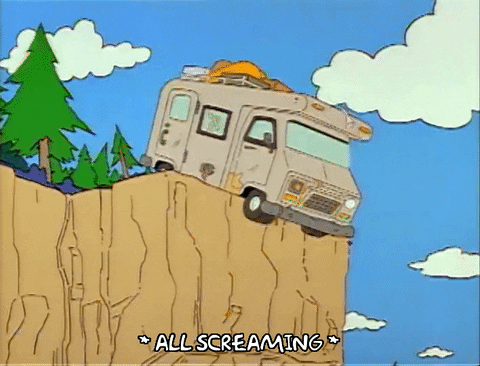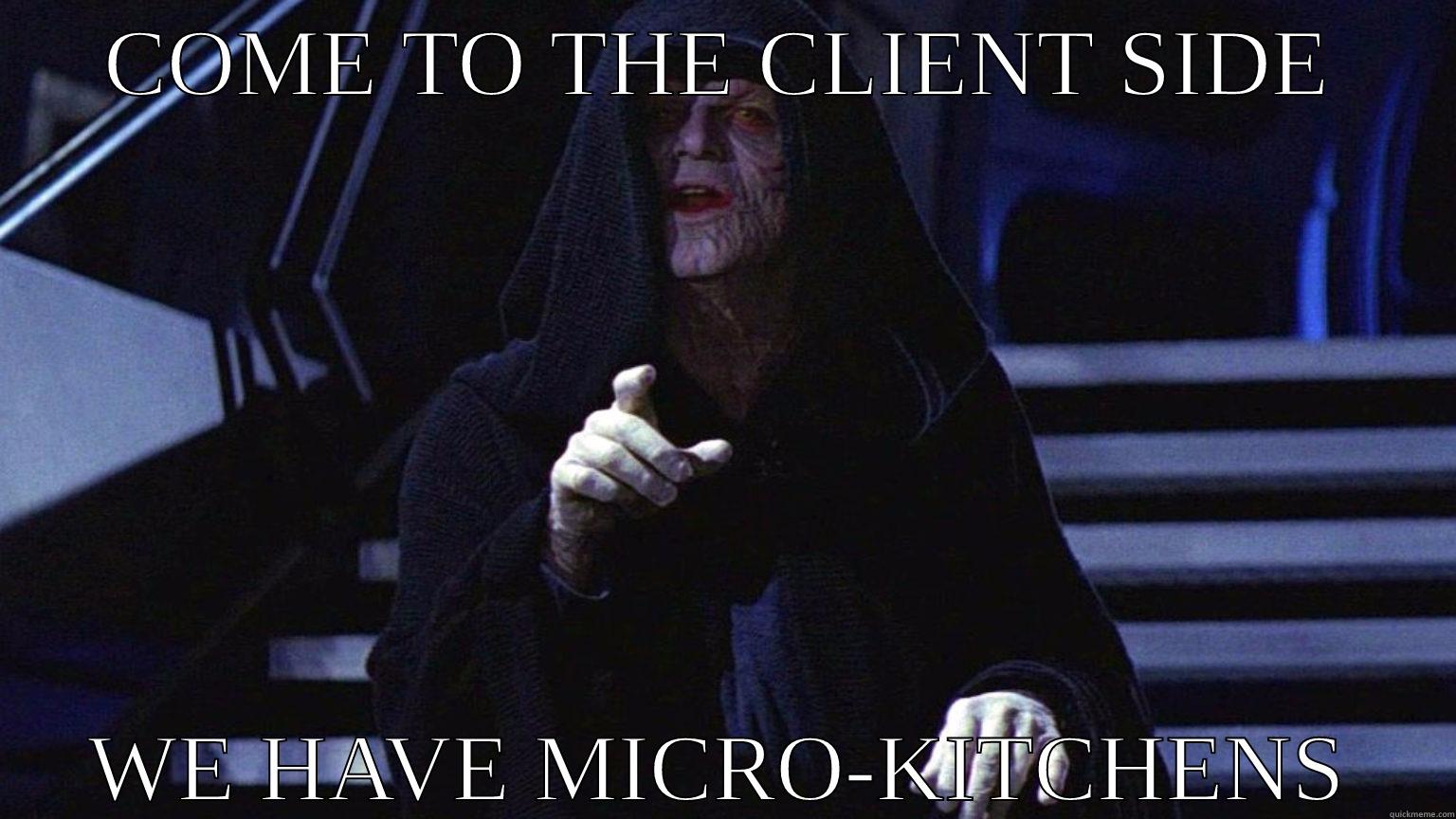
2022 has been a bit of a personal creative renaissance.
After a couple of years that were decent, but not exactly breakthrough, I felt like I was finally leading the kind of work I’d always aspired to. Work that landed strong business results, caught fire on social media, was discussed by the industry and managed to bag us a bunch of awards too.
This didn’t happen by chance. Looking back, I can pinpoint the moments in time where I was introduced to new ideas that helped shape our thinking. And led to work we’re immensely proud of: #SearchForChange, #YukBukaSuara, #IndiaKiUdaan, #KeepTraditionsAlive (Eid, Diwali, Raksha Bandhan), and more.
Discovering, absorbing and acting on the ideas I’ve learned from Les Binet, Peter Field, Orlando Wood, Byron Sharp and Jonah Berger has turned me into a student of creativity and marketing effectiveness.
And if there’s one thing I’m dead certain of, it is that marketing stands at the precipice of a creative renaissance: we can either choose to step back and continue down a path of average-ness, or step off the cliff into the bold, glorious unknown.
LinkedIn is full of people summarising what they’ve learned from this new group of marketing thinkers. So I thought I’d give it a shot, and share how I’ve synthesised their work into a method that has worked for me. Any errors in understanding their work are mine alone, and I welcome your critiques and builds.
Here’s my buck; now where’s my bang?
Messrs. Wood, Binet, Field and Sharp have shown, with evidence, that long-term campaign effectiveness has declined as Extra Share Of Voice (Share Of Voice minus Share Of Market) has declined. While award-winning campaigns continue to be more effective than the also-rans, the effectiveness of these campaigns too are on the decline, suggesting a fundamental shift – in the wrong direction – in advertising principles altogether.
Made you look?
The root cause of this decline is what the group calls The Triple Jeopardy of Attention.
As budgets have moved from brand to performance, with a focus on short-term effects at a large scale, the mental availability of brands (salience) has declined.
It doesn’t help that marketers still mistakenly believe that one impression on platform A has the same value on Platform B, whereas different platforms generate different kinds of attention. For example, Linear TV is becoming less and less relevant while Social continues to rise, with users turning to influencers and friends for trusted, credible recommendations and content. An impression on Social thus might have more value than one on linear TV.
Finally, ads themselves have changed in the performance marketing era, to narrow-focus, chopped narratives. While they’re designed to quickly land the brand message with people who aren’t paying attention, they aren’t designed to drive any attention in the first place: making this a self-fulfilling prophecy.
Relationship Status: It’s Complicated
The times, they are a-changin’.
The world is in polycrisis, heaving from one issue to another.
Two years of the pandemic have forever transformed society and the way we consider living our lives, fuelling meaningful conversations about gender and racial equity.
Economic recovery has been short-lived, with Russia’s invasion of Ukraine dealing a blow to the global economy.
Misinformation is proliferating, and the new media cycle about AI has sparked more questions than answers.
And then, of course, the threat of drastic climate change looms large.
In this age, multiple studies suggest that brands that demonstrate a strong understanding of lived realities, focus on inclusion and representation and address real problems are likely to win.
I’ve drawn some conclusions based on what I see with the work we do.
A simple, contextual and insightful text tweet promoting a feature is likely to get way more attention, and spark more engagement and conversations about the feature than a 30-second ad film about the same feature.
Ad films rooted deeply in lived realities and local culture are more likely to drive earned media and become part of the conversation than traditional slice-of-life storytelling-driven ads; the latter seem to need a higher paid media spend to drive business impact.
All of which just goes to show that traditional advertising is more likely to be ignored; unless a consumer simply can’t escape seeing it.
For FFF’s Sake!
Binet and Field’s seminal work, The Long And Short Of It, proves two points in particular.
One: Emotional campaigns are more effective across almost all business metrics – and are able to get more attention than rational campaigns.
Two: Fame-driving campaigns in particular (defined as those that build word-of-mouth advocacy for the brand, get talked about, create authority for the brand, and give the sense that the brand is doing the most running in the category) outperform all other kinds of emotional campaigns on all business metrics.
Simply put, campaigns that are built to get attention do better than those that aren’t.
Binet, Field and Wood found the following common threads between those attention-grabbing campaigns.
Firstly, they drive Fame, or salience, building long-term memory structures to bring the brand to mind.
Secondly, they generate Feeling, an emotional connection that orientates our attention and puts things in long-term memory to make one choice more obvious than others.
And thirdly, they have high Fluency, and are highly distinctive from other campaigns.
Instinctively, the FFF framework feels right: the more shareworthy, insightful and distinctive the work, the better the results.
Take your first STEPPS
Late in 2021, I rediscovered a framework to help me put FFF into action. Courtesy Jonah Berger, and the Viral Sprint he hosts for Section, Scott Galloway’s online education outfit.
Prof. Berger shows that brands which have scaled rapidly have done so by focusing not just on sales results, but brand results. The tl;dr is: campaigns that are designed to drive Adoption+Advocacy drive greater business impact than campaigns designed to just drive Adoption.
It’s called STEPPS, and is designed to inject talkworthiness/memorability/attention-grabbingness (my submission for the Oxford Dictionary’s Word Of The Year) into your campaigns. Turning what could be a potentially average campaign into something that drives both Adoption and Advocacy.
The acid test
The first campaigns we implemented these frameworks on were for our 2022 International Women’s Day campaigns, in both India and Indonesia. The resulting work, and the impact it drove, changed my thinking forever. Both campaigns generated way higher volumes of social conversation and press coverage than we’d anticipated, while landing strong business results. The India campaign has become Google India’s most-awarded campaign in recent years.
We fast-followed with the India@75 campaign, #IndiaKiUdaan. And ended up being talked about more than even the government’s own efforts to celebrate the moment!
Since then, STEPPS and FFF have become the muses of my personal creative renaissance. And helped me redefine and reinvent how I want to approach my work for the next several years.
#TIL Forever
The journey isn’t over yet. There’s more to read and learn from Binet, Field, Wood, Sharp, Berger and others. I’ve yet to dive deep into Mark Ritson’s work – I keep seeing pieces of it on LinkedIn that excite and energise me.
In the meanwhile, if you’re looking for further reading, here are my sources:
- The Long And Short Of It, by Les Binet and Peter Field
- Lemon – How The Advertising Dream Turned Sour, by Orlando Wood
- Contagious, by Jonah Berger
I’ll leave you with one last thought:
The definition of insanity is doing the same thing over and over again and expecting different results.
Rita Mae Brown
It’s time to jump off that cliff.

